The benefits of grass budgeting on livestock farms has been well documented in recent years. Yet the number of farmers who measure grass growth on a weekly basis are in the minority.
Grass measuring should not be a complicated or time-consuming job. There is no need to cover every acre on the farm.
Instead, just start off by focusing on one grazing block, ideally around 20 to 30 acres in size.
Walk this area on the same day each week and note the change in grass covers. The job should be finished in less than one hour.
There are various ways to measure grass growth. The most basic and cheapest option is a welly boot or stick with a few lines drawn on the side of it to represent certain sward heights.
High-tech options include rising plate meters that automatically record the average sward cover as you move across the field.
Regardless of the method, the data can be used to produce information, such as daily growth rates, average farm cover and the number of grazing days ahead of livestock.
Take the plunge
As the grazing season finally gets back on track after a difficult spring, take the opportunity to try grass budgeting for the first time.
Starting with a small area that can be covered in less than one hour increases the likelihood that farmers will persist with the job.
There are also software packages and apps for recording data, which can make the task a bit easier.
Rather than purchase a plate meter when starting out, can one be borrowed from another farmer or local farm adviser?
If a plate meter is not an option, use a stick or welly boot. Mark lines at 4cm to represent a base residual cover, then draw lines at 4cm intervals above this up to around 30cm.
Cut and weigh method
Grazing covers can also be measured using a cut and weigh method each week.
Equipment needed includes: a quadrat measuring 0.5m x 0.5m, shears, a plastic bag and a weighing scale.
Place the quadrat in an area representative of the sward cover within each paddock. Cut the grass inside the quadrat with the shears, leaving a residual of 4cm high.
Weigh the plastic bag separately or zero the scale with the bag attached.
Place the cut grass in the bag and weigh, deducting the bag’s weight as appropriate.
Dry matter
Assign a dry matter (DM) to the grass.
In prolonged wet conditions, DM will be around 14%, rising to 16% in showery conditions or if grass is cut with a heavy dew. Dry matter will be 18% to 20% on dry days, rising to 24% during prolonged dry spells.
Calculation
To work out covers for each paddock, multiply the weight of grass cut by the dry matter. Then multiply this figure by 40,000 (the number of quadrats in 1ha).
For a grass sample weighing 150g at 20% DM, there is 1,200kg/ha (0.15kg x 20% x 40,000) of available grazing for livestock. Dividing this figure by livestock demand gives grazing days ahead.
Beginner’s steps to grass budgeting
To draw up a grass budget, there are some basic pieces of information required and, thankfully, they should be easy to pull together.
Grass budgeting is simply working out how much grazing is in front of a group of livestock, which is usually presented as “grazing days ahead”. For example, the target is usually to have 18 to 21 days in front of cattle.
Basically, this means that if grass stops growing today, there will be enough grass to sustain the group for another three weeks.
Outlined below are some steps to grass budgeting for beginners.
Focus on one grazing block
Select a block of grazing land and measure grass covers weekly. Make sure to walk swards on the same day each week.
Choose a land block that can carry stock over the season rather than one where drought or heavy rain disrupts grazing. Walk each paddock, taking 20 to 30 readings for grass height in each field.
Measuring grass covers
Modern platemeters will automatically record the average grass cover from the sward height. But if using a sward stock or welly boot, this has to be done manually.
As cattle will graze down to a residual around 4cm, this is regarded as the baseline, with cover set at 0kg DM/ha. Roughly speaking, every 1cm increase in grass height above the baseline means there is 200kg to 300kg DM/ha of grazing available.
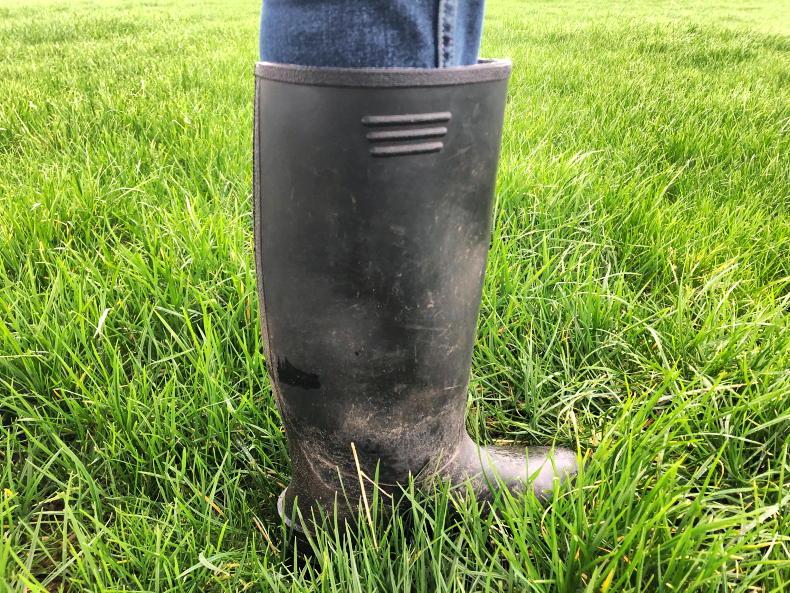
Marking a few lines on the side of the well boot, or stick, are other ways to monitor growth and draw up grass budgets.
Open swards will be closer to the lower end of this range, with dense swards closer to 300kg. A happy medium is every 1cm increase in grass height means 250kg DM/ha is available for grazing.
Therefore, if the sward has an average height of 10cm, there is 6cm of available grazing or 1,500kg DM/ha (6cm x 250kg).
Total grass available
The next step is working out how much grazing is available across the full grazing block.
If the example farmer is measuring a 20 acre (8ha) platform, averaging 8cm in sward height, there is 8,000kg of grass dry matter available (8cm-4cm x 250kg x 8ha) for grazing.
Livestock demand
Cattle will eat around 2.5% of their bodyweight in terms of dry matter each day.
Therefore, if the example farmer is running 30 stores weighing 550kg on the 8ha block, daily grass demand is 413kg DM/ha (30 x 550kg x 2.5%).
Grazing days ahead
Divide the available grass by livestock demand to get a handle on how many grazing days are in front of the cattle.
Based on the example farm, the 30 stores have 19 days of grazing ahead (8,000kg / 413kg), which fits in with the target 18- to 21-day rotation.
If the grazing rotation exceeded 21 days, the farmer could take a paddock out for silage, increase stock numbers or ease back fertiliser rates. But if the rotation was below 18 days, spreading fertiliser, reducing stock numbers and increasing the grazing area would help avoid running short of grass.
Read more
Five tips to get spring grazing back on track
Breeding a key tool for sustainability
The benefits of grass budgeting on livestock farms has been well documented in recent years. Yet the number of farmers who measure grass growth on a weekly basis are in the minority.
Grass measuring should not be a complicated or time-consuming job. There is no need to cover every acre on the farm.
Instead, just start off by focusing on one grazing block, ideally around 20 to 30 acres in size.
Walk this area on the same day each week and note the change in grass covers. The job should be finished in less than one hour.
There are various ways to measure grass growth. The most basic and cheapest option is a welly boot or stick with a few lines drawn on the side of it to represent certain sward heights.
High-tech options include rising plate meters that automatically record the average sward cover as you move across the field.
Regardless of the method, the data can be used to produce information, such as daily growth rates, average farm cover and the number of grazing days ahead of livestock.
Take the plunge
As the grazing season finally gets back on track after a difficult spring, take the opportunity to try grass budgeting for the first time.
Starting with a small area that can be covered in less than one hour increases the likelihood that farmers will persist with the job.
There are also software packages and apps for recording data, which can make the task a bit easier.
Rather than purchase a plate meter when starting out, can one be borrowed from another farmer or local farm adviser?
If a plate meter is not an option, use a stick or welly boot. Mark lines at 4cm to represent a base residual cover, then draw lines at 4cm intervals above this up to around 30cm.
Cut and weigh method
Grazing covers can also be measured using a cut and weigh method each week.
Equipment needed includes: a quadrat measuring 0.5m x 0.5m, shears, a plastic bag and a weighing scale.
Place the quadrat in an area representative of the sward cover within each paddock. Cut the grass inside the quadrat with the shears, leaving a residual of 4cm high.
Weigh the plastic bag separately or zero the scale with the bag attached.
Place the cut grass in the bag and weigh, deducting the bag’s weight as appropriate.
Dry matter
Assign a dry matter (DM) to the grass.
In prolonged wet conditions, DM will be around 14%, rising to 16% in showery conditions or if grass is cut with a heavy dew. Dry matter will be 18% to 20% on dry days, rising to 24% during prolonged dry spells.
Calculation
To work out covers for each paddock, multiply the weight of grass cut by the dry matter. Then multiply this figure by 40,000 (the number of quadrats in 1ha).
For a grass sample weighing 150g at 20% DM, there is 1,200kg/ha (0.15kg x 20% x 40,000) of available grazing for livestock. Dividing this figure by livestock demand gives grazing days ahead.
Beginner’s steps to grass budgeting
To draw up a grass budget, there are some basic pieces of information required and, thankfully, they should be easy to pull together.
Grass budgeting is simply working out how much grazing is in front of a group of livestock, which is usually presented as “grazing days ahead”. For example, the target is usually to have 18 to 21 days in front of cattle.
Basically, this means that if grass stops growing today, there will be enough grass to sustain the group for another three weeks.
Outlined below are some steps to grass budgeting for beginners.
Focus on one grazing block
Select a block of grazing land and measure grass covers weekly. Make sure to walk swards on the same day each week.
Choose a land block that can carry stock over the season rather than one where drought or heavy rain disrupts grazing. Walk each paddock, taking 20 to 30 readings for grass height in each field.
Measuring grass covers
Modern platemeters will automatically record the average grass cover from the sward height. But if using a sward stock or welly boot, this has to be done manually.
As cattle will graze down to a residual around 4cm, this is regarded as the baseline, with cover set at 0kg DM/ha. Roughly speaking, every 1cm increase in grass height above the baseline means there is 200kg to 300kg DM/ha of grazing available.

Marking a few lines on the side of the well boot, or stick, are other ways to monitor growth and draw up grass budgets.
Open swards will be closer to the lower end of this range, with dense swards closer to 300kg. A happy medium is every 1cm increase in grass height means 250kg DM/ha is available for grazing.
Therefore, if the sward has an average height of 10cm, there is 6cm of available grazing or 1,500kg DM/ha (6cm x 250kg).
Total grass available
The next step is working out how much grazing is available across the full grazing block.
If the example farmer is measuring a 20 acre (8ha) platform, averaging 8cm in sward height, there is 8,000kg of grass dry matter available (8cm-4cm x 250kg x 8ha) for grazing.
Livestock demand
Cattle will eat around 2.5% of their bodyweight in terms of dry matter each day.
Therefore, if the example farmer is running 30 stores weighing 550kg on the 8ha block, daily grass demand is 413kg DM/ha (30 x 550kg x 2.5%).
Grazing days ahead
Divide the available grass by livestock demand to get a handle on how many grazing days are in front of the cattle.
Based on the example farm, the 30 stores have 19 days of grazing ahead (8,000kg / 413kg), which fits in with the target 18- to 21-day rotation.
If the grazing rotation exceeded 21 days, the farmer could take a paddock out for silage, increase stock numbers or ease back fertiliser rates. But if the rotation was below 18 days, spreading fertiliser, reducing stock numbers and increasing the grazing area would help avoid running short of grass.
Read more
Five tips to get spring grazing back on track
Breeding a key tool for sustainability






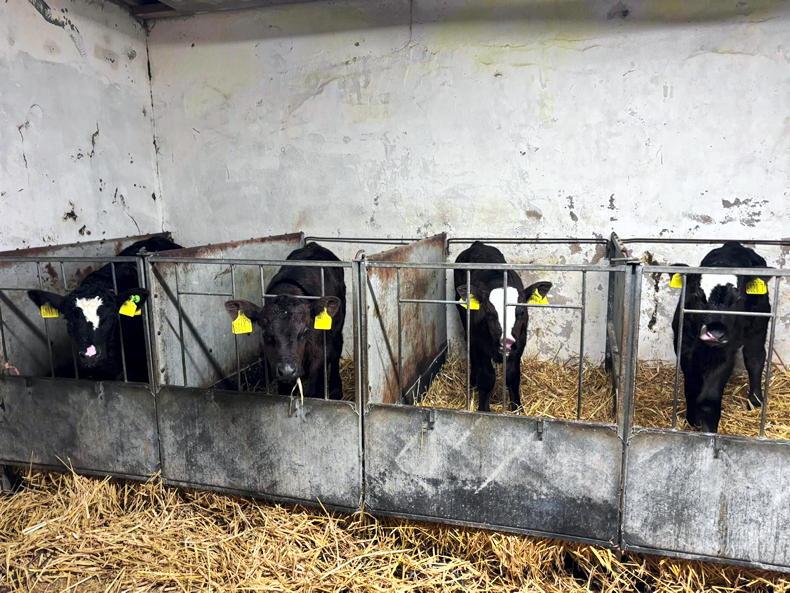

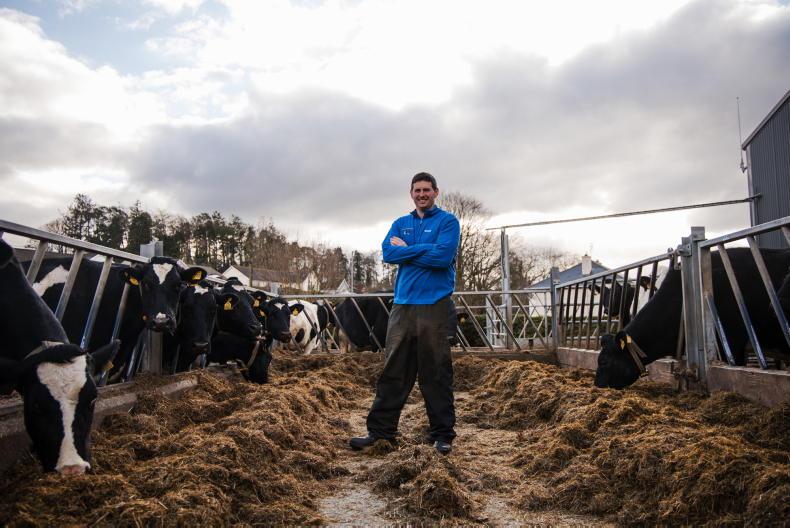
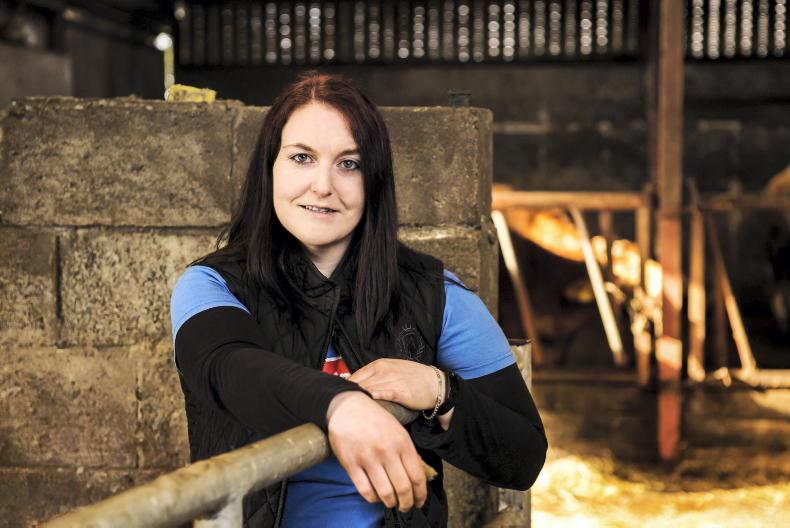
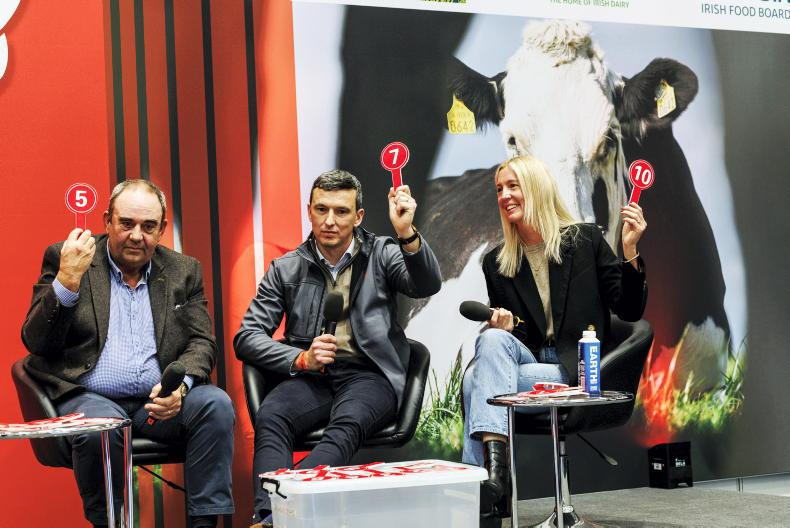
SHARING OPTIONS